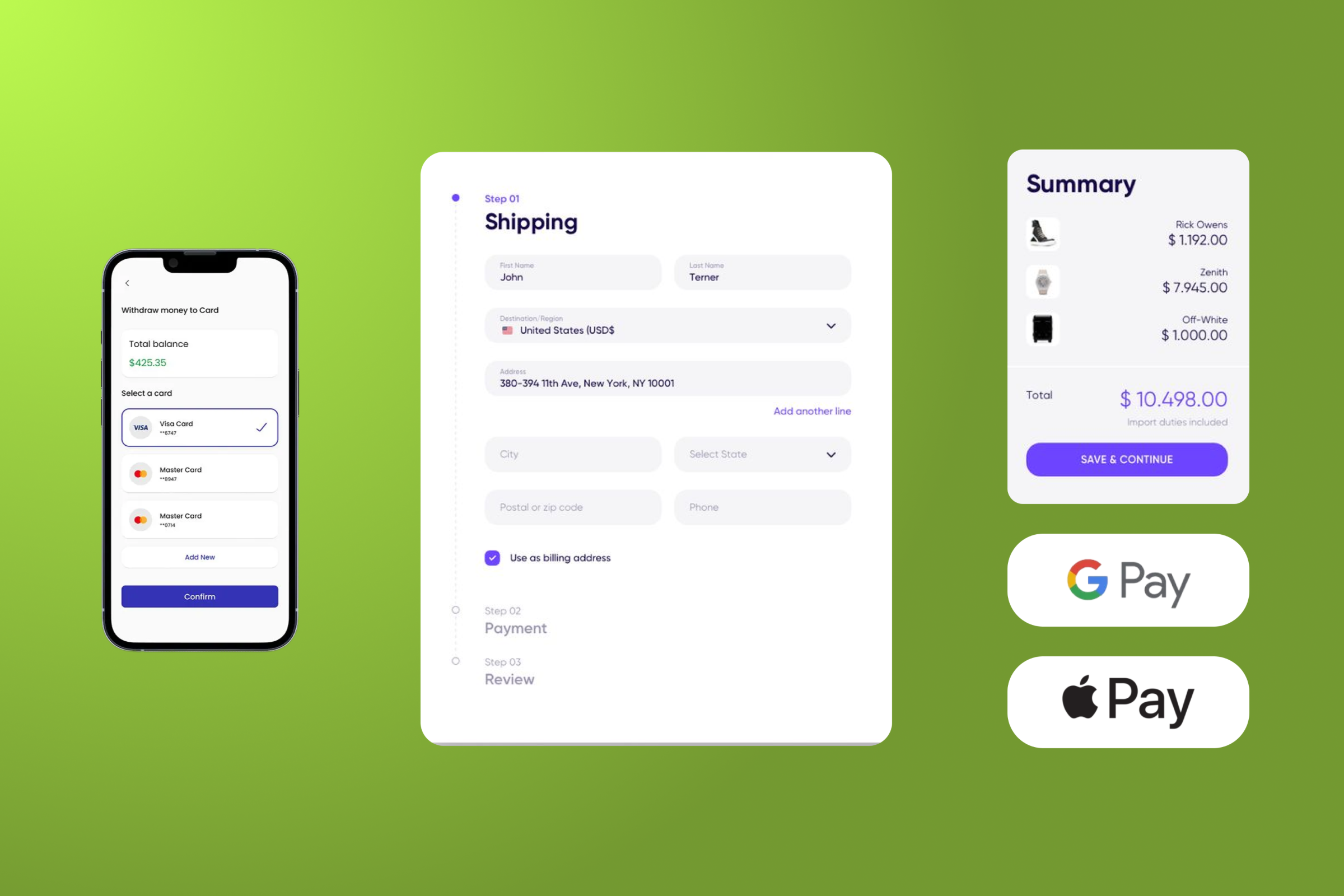At the end of May, I had the opportunity to represent Vasta at Shopify Editions Dev in Toronto, one of the most significant events for anyone living and building within the Shopify ecosystem.
The event brought together developers, agencies, partners, and Shopify's own team. More than just a launch showcase, Editions is a strategic immersion: a chance to hear directly from Shopify's team how they are envisioning the platform's future and, most importantly, how this impacts (and empowers) the work of those building solutions every day.
Being at Editions wasn't just about learning what's new; it was about experiencing the mindset that drives Shopify's evolution and seeing up close how strong, collaborative, and forward-looking this ecosystem really is.
.png)
Key Technical Highlights
For me this Shopify Editions.dev centered on four core themes: artificial intelligence, performance, personalization, and developer experience.
Below are some of the updates that stood out, not only for their technical merit but for their real-world impact on developers working within the platform:
Inline Documentation in Liquid with {% doc %}
The new {% doc %} tag in Liquid is a significant evolution for anyone working with Shopify themes. It allows documentation to be embedded directly within snippets and components, enabling any team member to see descriptions and explanations via hover-over in the editor.
Additionally, this feature supports IntelliSense (auto-complete and smart suggestions) and integrates with Theme Check.
The result? Less reliance on external documentation, greater clarity for developers reading or updating the code, and less time spent explaining complex parts to new team members or partners.
Optimized Delivery of JS and CSS with {% javascript %} and {% stylesheet %}
JavaScript and CSS files are now served directly by Shopify using native tags {% javascript %} and {% stylesheet %}. Shopify takes care of the delivery and optimization of loading order, which improves page rendering time (and boosts pagespeed scores), enhances metrics like LCP (Largest Contentful Paint), and eliminates the need for manual script loading hacks.
For those who’ve spent hours tweaking asynchronous loading or optimizing script order in custom themes, this change brings significant time savings and real performance improvements, without sacrificing control over theme structure.
New CLI Commands for Staging and Deployment
Shopify introduced three essential CLI commands that are game-changers for teams working across multiple environments:
- shopify store export
- shopify store import
- shopify store copy
These commands allow developers to copy configurations, data, and store structure with much more control and security. Practically, this makes it easier to create mirrored staging environments and run more reliable tests before pushing changes to production.
This marks an important evolution in Shopify’s CI/CD capabilities; something that previously required external tools or custom scripts.
A Long-Term Vision for Partners and Developers
Beyond technical improvements, there was a strong emphasis on the platform’s strategic direction.
Shopify leadership reinforced its commitment to collaborative building, making clear that the platform's success is directly tied to the success of those building with it.
This was evident in three main areas:
- Opening and expanding APIs
- Developing tools that empower agencies and app developers
- Encouraging co-creation with the community, including contributions to open-source projects and initiatives like Hydrogen & Oxygen
This more open and collaborative approach signals a shift toward a less centralized and more partner-driven Shopify, something essential for an ecosystem that is growing in distributed ways.
AI in Action: Creating Theme Sections with Sidekick
Among the many AI-related discussions during Editions.dev, one of the most impactful demonstrations was how Shopify Sidekick can now assist in creating theme sections directly within the Customize editor, using simple natural language prompts.
This functionality is live and already changing how merchants and teams interact with their storefronts.
For example, by typing something like “Add a featured product section with a button and responsive layout,” Sidekick automatically generates the Liquid code, adds the section to the theme, and makes it available inside the Customize UI for editing.
No need to open the code editor or manually create a new snippet, the section is scaffolded for you, significantly reducing the time needed to turn ideas into storefront components.
While the AI doesn’t yet explain or annotate each line of code, the potential is clear:
It lowers the barrier for merchants and marketers to make layout changes, and gives developers more room to focus on high-impact builds instead of small, repetitive tasks.
What Stood Out to Me as a CTO
.png)
The developer experience is evolving quickly.
Even small changes, like inline documentation or more predictable staging flows, have a huge impact when working at scale. These updates show that Shopify is listening and prioritizing the day-to-day workflow of builders like us.
For me, as CTO, the main takeaway was:
Saying relevant isn’t just about adopting tools, it’s about evolving mindsets, rethinking workflows, and training teams to build with purpose. It’s about turning features into value.
It’s also clear that Shopify is doubling down on support for the partner ecosystem, not just with technical tools, but by fostering long-term collaboration between apps, agencies, and merchants.
Another great example: during one of the sessions, I asked Shopify’s Director of Engineering about the Cursor setup he was using for coding support. He promptly shared his configuration publicly in the skeleton theme repository, a simple but powerful gesture that reflects the team’s openness and collaborative spirit.
Connections Beyond the Stage
.png)
Outside the main event, I participated in several informal meetups and side conversations. These moments created space for meaningful dialogue with other CTOs, founders, and engineers facing similar challenges.
In panels and casual conversations alike, we discussed real-world applications of AI in commerce, the increasing complexity of e-commerce, and how strategy and execution need to align in today’s fast-moving environment. These weren’t just networking moments; they felt like live labs for shared vision and innovation.
Meeting people I had previously only interacted with online, and forming new relationships within the ecosystem were some of the most rewarding parts of the experience. Even during the loud welcome party, we found time to share insights on product, growth, and the future of e-commerce.
A Clearer Vision Moving Forward
I left Editions with a renewed sense of clarity, both about where Shopify is headed and how we at Vasta can align with that direction. We’re on the right path: investing in performance, clean processes, development excellence, and strong partnerships.
More than a series of announcements, Editions was a reminder that this ecosystem is thriving, full of talented, passionate people who are eager to build remarkable things together.
If you work with Shopify, I highly recommend attending a future Editions. And if you’d like to connect, exchange ideas, or discuss what was shared, feel free to reach out on LinkedIn.
I’d be happy to continue the conversation!




.jpg)



